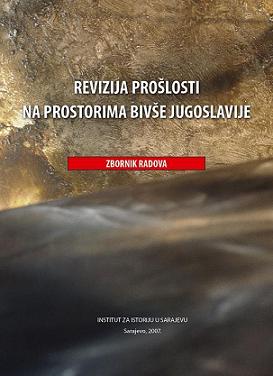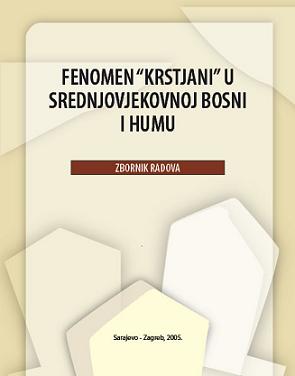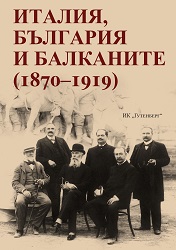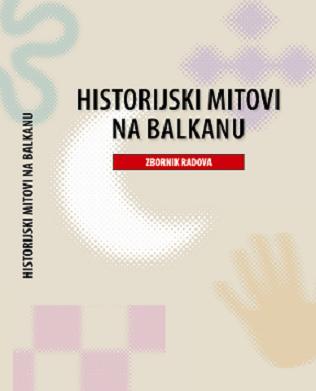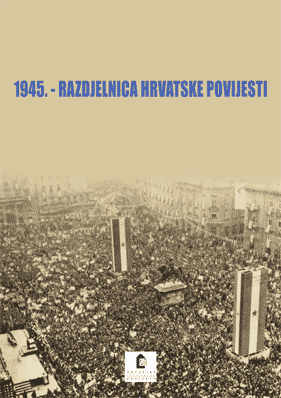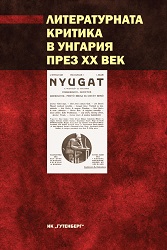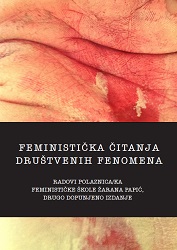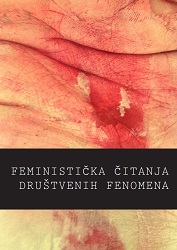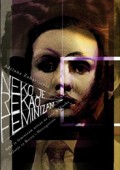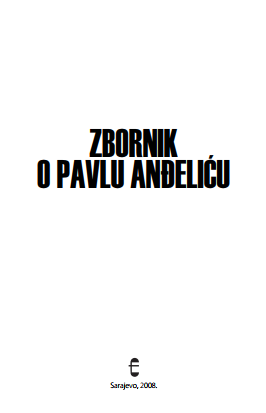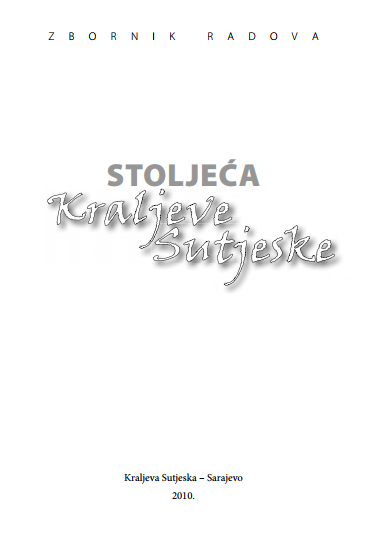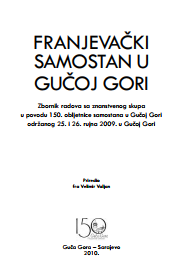Author(s): Tomo Vukšić / Language(s): Croatian
Publication Year: 0
At the beginning of this article, in order to follow easier the events, two protagonists from the title are shortly presented: the pope Pio II. (1458.- 1464.) and the king Stjepan Tomaš (1443.-1461.) and circumstances under which they have lived and worked. This is condition which makes it possible, in the third part of this article, to focus on their relationships that were conditoned and marked with different events and accidents: fall of Smederevo under Turks in 1459. and political and religious doubths on account of king Tomaš, congress of European rulers in Mantova, confesionaly complicated state, persecution of krstjans in Bosnian kingdom in 1459., family problems of king Tomaš, very bad relationships between king Tomaš and herceg Stjepan, attempt to establish new dioceses in the kingdom, bishop Tomasini of Hvar, franciscans, dominicans, the question of bosnian king’s crown, three converted krstjans in Rome, vassal relation of Tomaš toward Hungary and later toward Turky, influence of Venice and Dubrovnik, internal disagreement among noblemen and absence of help from christian countries, and at the end, sudden death of king Tomaš and arrival of queen Katarina in Rome, probably while the pope Pio II was still alive.
During his short pontificate the pope Pio II. was in frequent conntacts with the last but one Bosnian king Stjepan Tomaš. On the territory of Tomaš’ kingdom he found, as a legate of the previous popes, Toma Tomasini, bishop of Hvar, to whom he extended the mandate. Even as a cardinal, he was very worried because of real Turkish danger and their frequent attacks toward central Balkan; as a pope, Pio II. tried, although unsuccessfully, to organize West Christian countries for common defense. Even before the Bosnian kingdom fell under the Ottoman authorities, the pope summoned a congress of European rulers, in Mantova 1459., in order to organize crusades, but they could not reach an agreement. He tried it again in 1464. after Bosnia had already fallen. At that time it look that he was going to succeed and he intended to come personally to Dubrovnik to participate in deliberation of Bosnia, and again he was deeply disappointed and military action was total failure. On his way to Dubrovnik he suddenly died in Ancona. On the other hand, the pope Pio II was one of the very well known humanists and distinguished writer who left, besides the literature writings, valuable testimonies about people and events of that time, including those who were in connection with Bosnian kingdom.
When the Turks occupied Smederevo in 1459. the king Tomaš was accused from many sides as the one who was responsible for it. Even more, the pope himself doubted in his personal dignity and orthodoxy of his faith. For this reason he was sending the delegations to the pope trying to clear his name and justify himself of false accusations. Because many did not believe him in regard to the fall of Smederevo, Tomaš tried to prove at least orthodoxy of his faith, and ordered in the second part of 1459. that all heretics in his kingdom must either convert to catholic faith or leave out his kingdom. Three distinguished Bosnian krstjans even ended up in Rome in 1461., where they, before the pope himself, renounced heresy and accepted catholic faith after being taught in doctrine of catholic faith. In connection with this event, we have the valuable document, Symbolum pro informatione manichaeorum, made by cardinal Juan de Torquemada, according to the document the three men professed catholic faith. Since this Symbolum contains fifty heresies of Bosnian krstjans, it is made mostly based on the information received from Bosnia, probably by the Dominicans, it is indispensable source for further study of the puzzled doctrine of medieval Church of Bosnian krstjans.
Bosnian kingdom was and remained confessional very divided and complex, regardless of Tomaš’ endeavors to solve that issue, even with force. Moreover, local noblemen were in huge quarrels among themselves, this is particularly the case with king Tomaš and herceg Stjepan, father and son in law, who even waged wars on each other several times. Along with these problems that were tearing to pieces Bosnian kingdom from inside, European christian countries, also in quarrels among themselves and with their own selfish interests, more often were making agreements with the Turks than preparing defense. Only the pope, Pio II. was doing what he was able to do, but Europe did not follow him. In 1461. he sent the crown and other royal signs to the new king Stjepan Tomašević. However, in spite of this recognition that Bosnian kingdom put on the list of sovereign states, other rulers did not follow the example of Pio II. and small Bosnian kingdom was left alone in front of mighty Ottoman army. Two years after Tomaš’ death, Bosnian kingdom was literally run down, destroyed by Ottoman army. King Tomaš did not see that because he died in 1461. but his wife Katarina, after this tragedy, moved to Rome, probably at the beginning of 1464. while Pio II. was still alive.
More...
